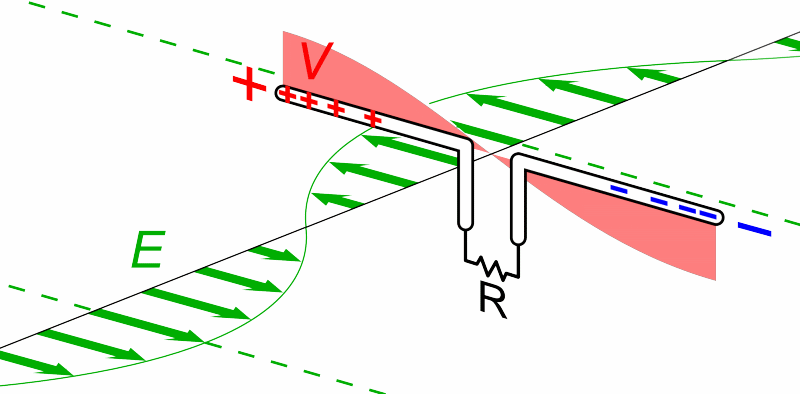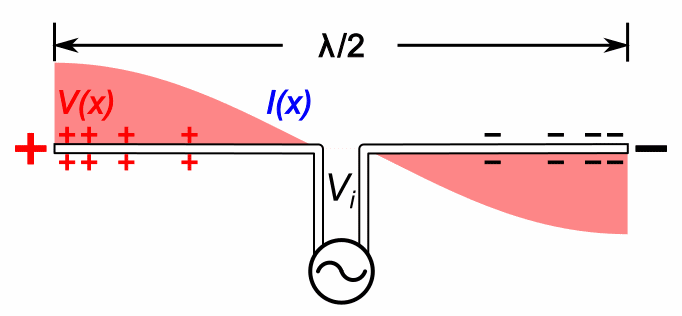Dharma name Updated 2025-07-16
NCBI open reading frame tool Updated 2025-07-16
NCBI online tool to find and view all open reading frames in a given FASTA: www.ncbi.nlm.nih.gov/orffinder/
NeoCarbonFood Updated 2025-07-16
Previously known as "Food From Electricity", "NeoCarbonFood" sounds like a more commercializable version of it.
Uses electricity to electrolyse water into hydrogen and oxygen molecules, and then use bacteria that do hydrogen chemosynthesis to convert it into food.
Diamond Sutra Updated 2025-07-16
Difference between recursive language and recursively enumerable language Updated 2025-07-16
Differentiable manifold Updated 2025-07-16
Diffie-Hellman key exchange Updated 2025-07-16
Based on the fact that we don't have a P algorithm for the discrete logarithm of the cyclic group as of 2020, but we do have an efficient algorithm for modular exponentiation. But nor do we have proof that one does not exist! Living on the edge as usual for public-key cryptography.
Diffraction of Cathode Rays by a Thin Film by Thomson and Reid (1927) Updated 2025-07-16
Digital electronic circuit Updated 2025-07-16
Digital Light Processing Updated 2025-07-16
Dilution refrigerator Updated 2025-07-16
Reaches 2 mK[ref]. youtu.be/upw9nkjawdy?t=487 from Video "Building a quantum computer with superconducting qubits by Daniel Sank (2019)" mentions that 15 mK are widely available.
Used for example in some times of quantum computers, notably superconducting quantum computers. As mentioned at: youtu.be/uPw9nkJAwDY?t=487, in that case we need to go so low to reduce thermal noise.
Dimension Updated 2025-07-16
Diophantine equation Updated 2025-07-16
Sometimes systems of Diophantine equations are considered.
Problems generally involve finding integer solutions to the equations, notably determining if any solution exists, and if infinitely solutions exist.
The general problem is known to be undecidable: Hilbert's tenth problem.
The Pythagorean triples, and its generalization Fermat's last theorem, are the quintessential examples.
Dipole antenna Updated 2025-07-16
Radio Wave Properties: Electric and Magnetic Dipole Antennae by Harvard Natural Sciences Lecture Demonstrations (2020)
Source. The dude lights bulbs on an antenna made of a single piece of copper, powered with EM radiation. Amazing. Dirac equation vs quantum electrodynamics Updated 2025-07-16
TODO: in high level terms, why is QED more general than just solving the Dirac equation, and therefore explaining quantum electrodynamics experiments?
Also, is it just a bunch of differential equation (like the Dirac equation itself), or does it have some other more complicated mathematical formulation, as seems to be the case? Why do we need something more complicated than
The main high level insight seems to be that The Dirac equation does not work for more than one electron.
Bibliography:
- physics.stackexchange.com/questions/101307/dirac-equation-in-qft-vs-relativistic-qm
- physics.stackexchange.com/questions/44188/what-is-the-relativistic-particle-in-a-box/44309#44309 says:
- physics.stackexchange.com/questions/64206/why-is-the-dirac-equation-not-used-for-calculations
- www.physicsforums.com/threads/is-diracs-equation-still-useful-after-qed-is-developed.663994/
Dirac Lagrangian Updated 2025-07-16
where:
Remember that is a 4-vetor, gamma matrices are 4x4 matrices, so the whole thing comes down to a dot product of two 4-vectors, with a modified by matrix multiplication/derivatives, and the result is a scalar, as expected for a Lagrangian.
Like any other Lagrangian, you can then recover the Dirac equation, which is the corresponding equations of motion, by applying the Euler-Lagrange equation to the Lagrangian.
Directional derivative Updated 2025-07-16
Dirichlet boundary condition Updated 2025-07-16
Specifies fixed values.
Can be used for elliptic partial differential equations and parabolic partial differential equations.
Numerical examples:
Discord email notifications Updated 2025-07-16
Discord is useless if you want to participate in more than one large group because of this. It is impossible to get email notification for selected threads you care about.
No way to get email notifications for missed activity? support.discord.com/hc/en-us/community/posts/360041806392-Can-we-get-an-email-notification-option-for-messages-
Discrete Fourier transform of a real signal Updated 2025-07-16
See sections: "Example 1 - N even", "Example 2 - N odd" and "Representation in terms of sines and cosines" of www.statlect.com/matrix-algebra/discrete-Fourier-transform-of-a-real-signal
The transform still has complex numbers.
Summary:Therefore, we only need about half of to represent the signal, as the other half can be derived by conjugation.
- is real
"Representation in terms of sines and cosines" from www.statlect.com/matrix-algebra/discrete-Fourier-transform-of-a-real-signal then gives explicit formulas in terms of .
NumPy for example has "Real FFTs" for this: numpy.org/doc/1.24/reference/routines.fft.html#real-ffts
DFT of with 25 points
. Source at: numpy/fft_plot.py. This plot illustrates how the DFT of a real signal is symmetric around the middle point, and so only half of the transform points are needed to reconstruct the original signal. We also see how the phase of the sinusoids determines if their DFT components are real or imaginary. There are unlisted articles, also show them or only show them.


